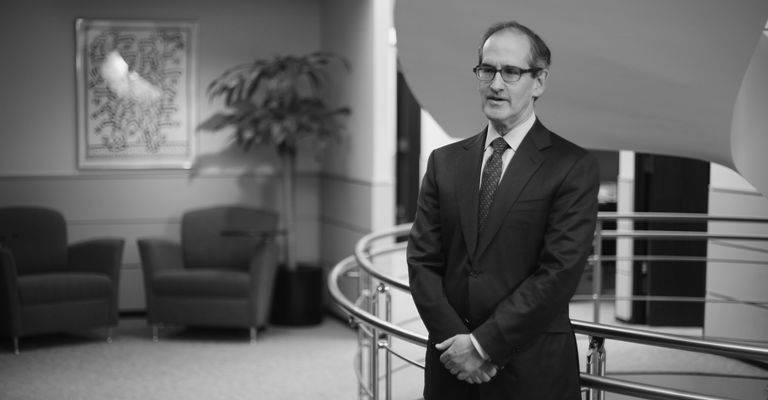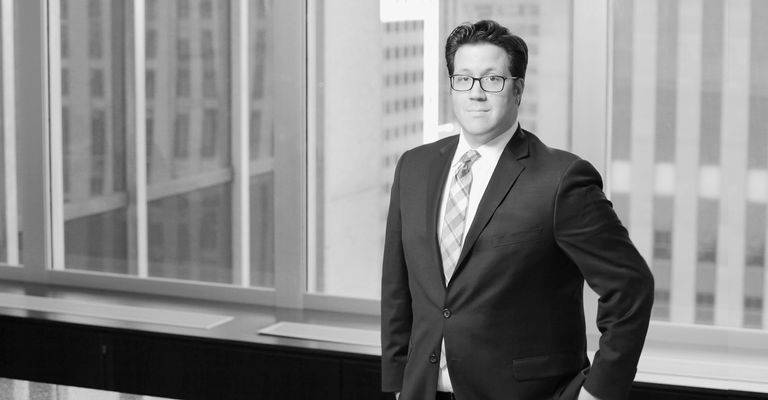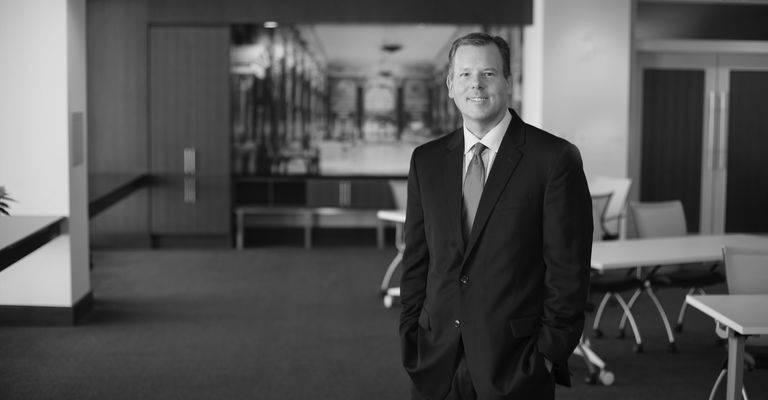BCLPSecCorpGov.com
The Supreme Court Rejects “Pure Omissions” Liability under Section 10(b)
Apr 16, 2024What Happened
The U.S. Supreme Court has now resolved the split in lower courts, discussed in our March 14, 2024 post, over whether plaintiffs may bring a securities fraud claim based solely on a corporation’s omission from public filings of trends or uncertainties required to be disclosed under S-K Item 303. The answer is no: a “pure omission” is not grounds for such a lawsuit, the Court on Friday ruled unanimously.
Deeper Dive
Justice Sonia Sotomayor’s opinion narrowly focused on the elements of actions under Section 10(b) of the Securities Exchange Act of 1934, the principal statute under which securities fraud class actions claims are brought, and the text of SEC Rule 10b-5 implementing that statute. Rule 10b-5 provides that it is unlawful to “[m]ake any untrue statement of a material fact or to omit to state a material fact necessary in order to make the statements made not misleading;…” (emphasis supplied).
Before the U.S. Supreme Court in Macquarie Infrastructure Corp. v. Moab Partners No. 22-1165 (April 12, 2024), was whether (i) the language of Rule 10b-5 required a plaintiff to point to an affirmative statement by the company that was misleading absent some additional disclosure that was omitted (a “half-truth”), or (ii) simply omitting disclosure of something that was required to be disclosed by an SEC rule (a “pure omission”) was sufficient to support a Section 10(b) claim.
Item 303 of Regulation S-K sets forth rules for the management discussion and analysis (MD&A) section of companies’ periodic filings. As discussed in our November 30, 2020 post, companies must identify “any known trends or uncertainties that have had or are reasonably like to have a material favorable or unfavorable impact” on financial statements.
Plaintiffs in Macquairie, like many other plaintiffs, contended that failing to identify such a trend or uncertainty in MD&A as required by Item 303 was an omission supporting a Section 10(b) claim. Such claims were permitted to proceed in a number of courts, including the U.S. Court of Appeals for the Second Circuit, which upheld the sufficiency of the claim in Macquairie.
Other appeals courts, such as the U.S. Courts of Appeals for the Third, Ninth and Eleventh Circuits, rejected this theory, relying on the text of Rule 10b-5 to hold that an omission is only actionable where it is also alleged to cause an actual statement that was made to be misleading. In other words, to make a claim based on an omission, the plaintiff had to also allege that the omission turned something that was disclosed into a half-truth. That was the approach the Supreme Court adopted.
Justice Sotomayor adopted the textualist approach, focusing on the language prohibiting the omission of material facts necessary “to make the statements made . . . not misleading” and concluding that the rule covers half-truths but not pure omissions. She described a pure omission as occurring “when a speaker says nothing, in circumstances that do not give any particular meaning to silence,” while half-truths are “representations that state the truth only so far as it goes, while omitting critical qualifying information.”
She reasoned that:
“Logically and by its plain text, the Rule requires identifying affirmative assertions (i.e., “statements made”) before determining if other facts are needed to make those statements ‘not misleading.’”
Defendants argued that permitting claims based on pure omissions could significantly expand liability for securities fraud claims.
Takeaways
The Court’s decision prohibiting Section 10(b) claims based on pure omissions is likely to have a limited impact. In many cases, plaintiffs assert both pure omissions and half-truths theories and try to characterize omissions as making other affirmative statements misleading. Plaintiffs will now focus their arguments concerning the effect of omissions on other statements to make out half-truth claims.
As noted in the Court’s opinion, while it is now clear that private plaintiffs may not bring Section 10(b) actions based on pure omissions under Item 303, the SEC remains able to bring actions alleging failures to adequately discuss known trends under Item 303, as it has continued to do in recent years. Moreover, the Court’s decision applies only to Section 10(b) claims. Other securities statutes permit claims based on pure omissions in other contexts, such as Section 11(a), which explicitly prohibits pure omissions of required information in registration statements for public offerings.
Related Capabilities
-
Securities & Corporate Governance
-
Securities Litigation and Enforcement





